Billionaire investor Stanley Druckenmiller disclosed on Tuesday that he significantly reduced his substantial investment in chipmaker Nvidia earlier this year, citing concerns that the rapid surge in artificial intelligence might be excessive in the short term.
“We did cut that and a lot of other positions in late March. I just need a break. We’ve had a hell of a run. A lot of what we recognized has become recognized by the marketplace now,” Druckenmiller said.
He explained that he scaled back the investment after witnessing Nvidia’s stock surge from $150 to $900. “I’m not Warren Buffett; I don’t own things for 10 or 20 years. I wish I was Warren Buffett,” he added.
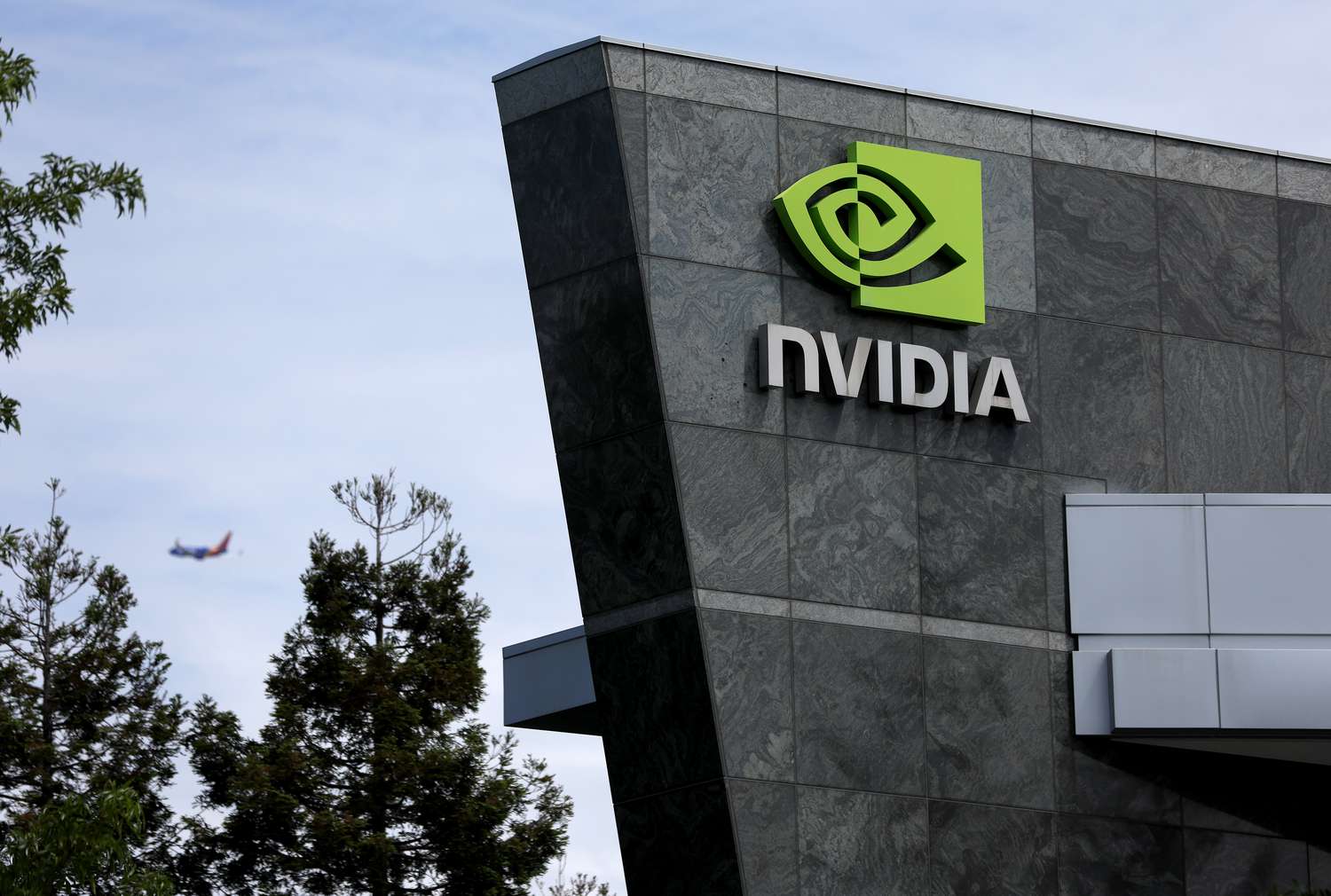
Nvidia has greatly benefited from the recent industry focus on large artificial intelligence models developed on its costly graphics processors for servers. It was one of the top-performing stocks last year, surging 238%, with a further 66% increase in 2024.
Druckenmiller credited his introduction to Nvidia to his young partner in fall 2022, who believed that the potential of AI would surpass the excitement surrounding blockchain.
“I didn’t even know how to spell it,” Druckenmiller said. “I bought it. Then, a month later, ChatGPT happened. Even an old guy like me could figure out, okay, what that meant, so I increased the position substantially.”
Despite reducing his Nvidia position, Druckenmiller remains optimistic about AI’s long-term prospects.
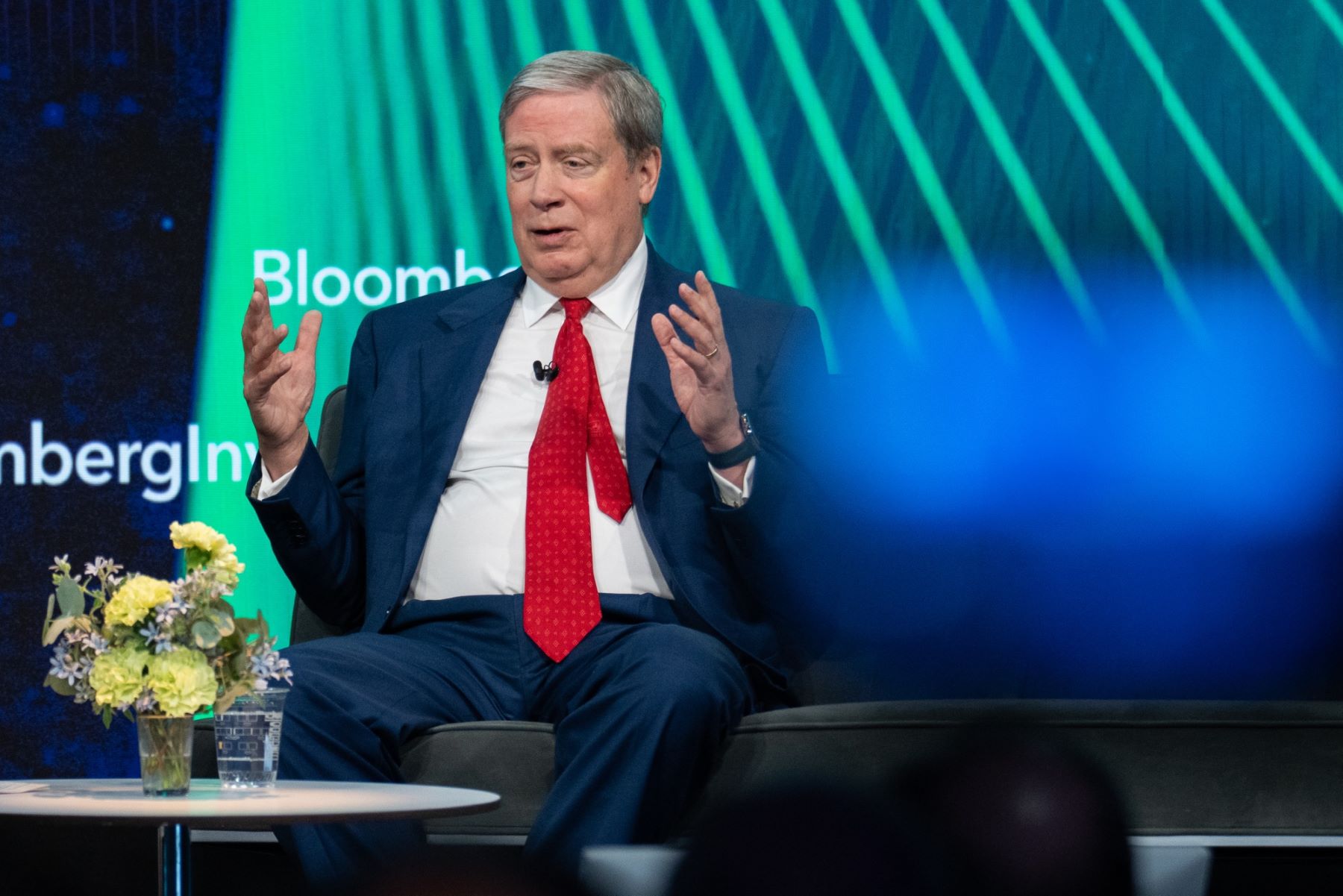
“So AI might be a little overhyped now but underhyped long term,” he said. “AI could rhyme with the Internet.
As we go through all this capital spending, we need to do the payoff while it’s incrementally coming in by the day. The big payoff might be four to five years from now.”
The widely followed investor also owned Microsoft and Alphabet as AI plays over the past year.
Druckenmiller once managed George Soros’ Quantum Fund and shot to fame after helping make a $10 billion bet against the British pound in 1992.
He later oversaw $12 billion as president of Duquesne Capital Management before closing his firm in 2010.

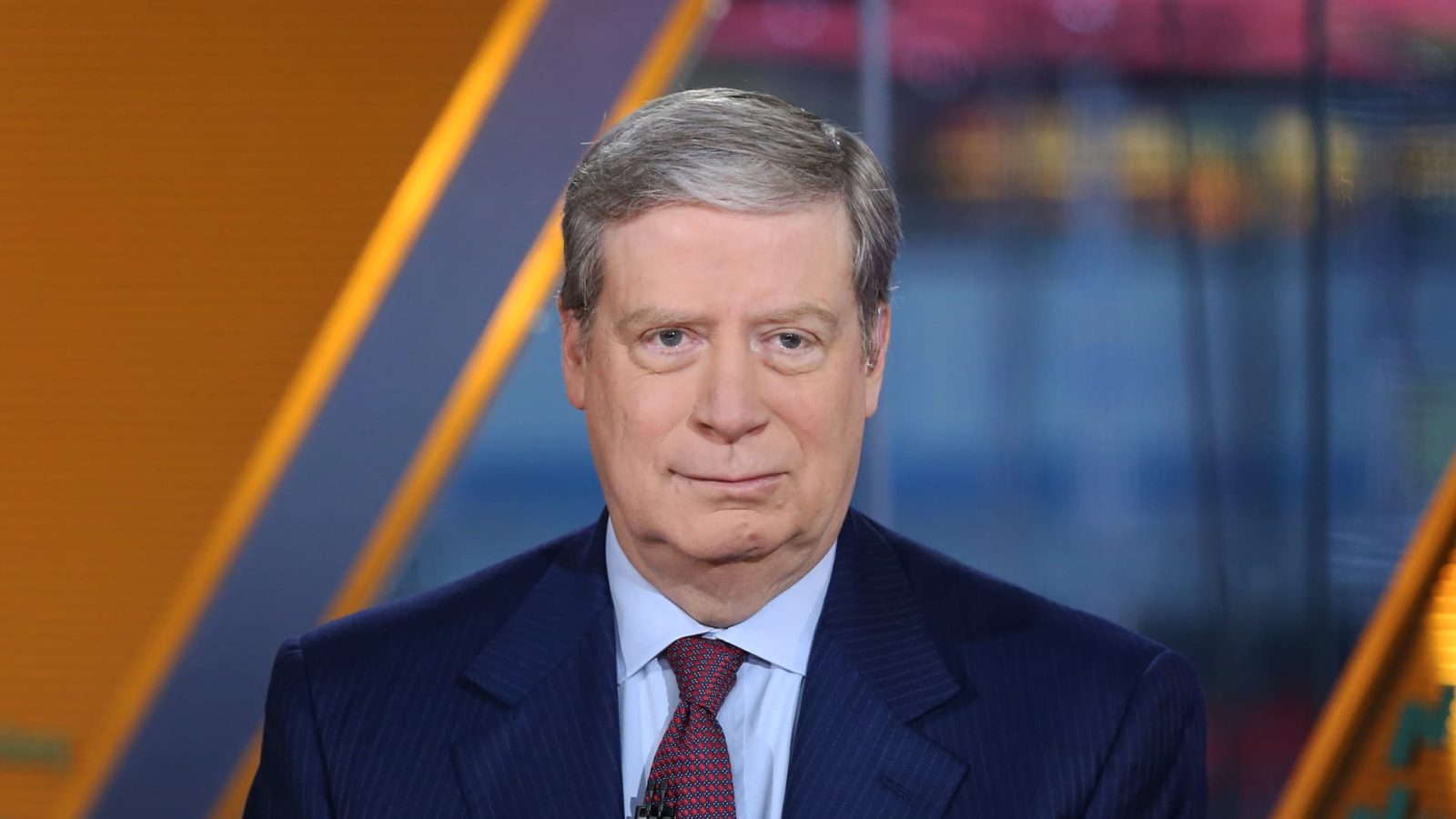
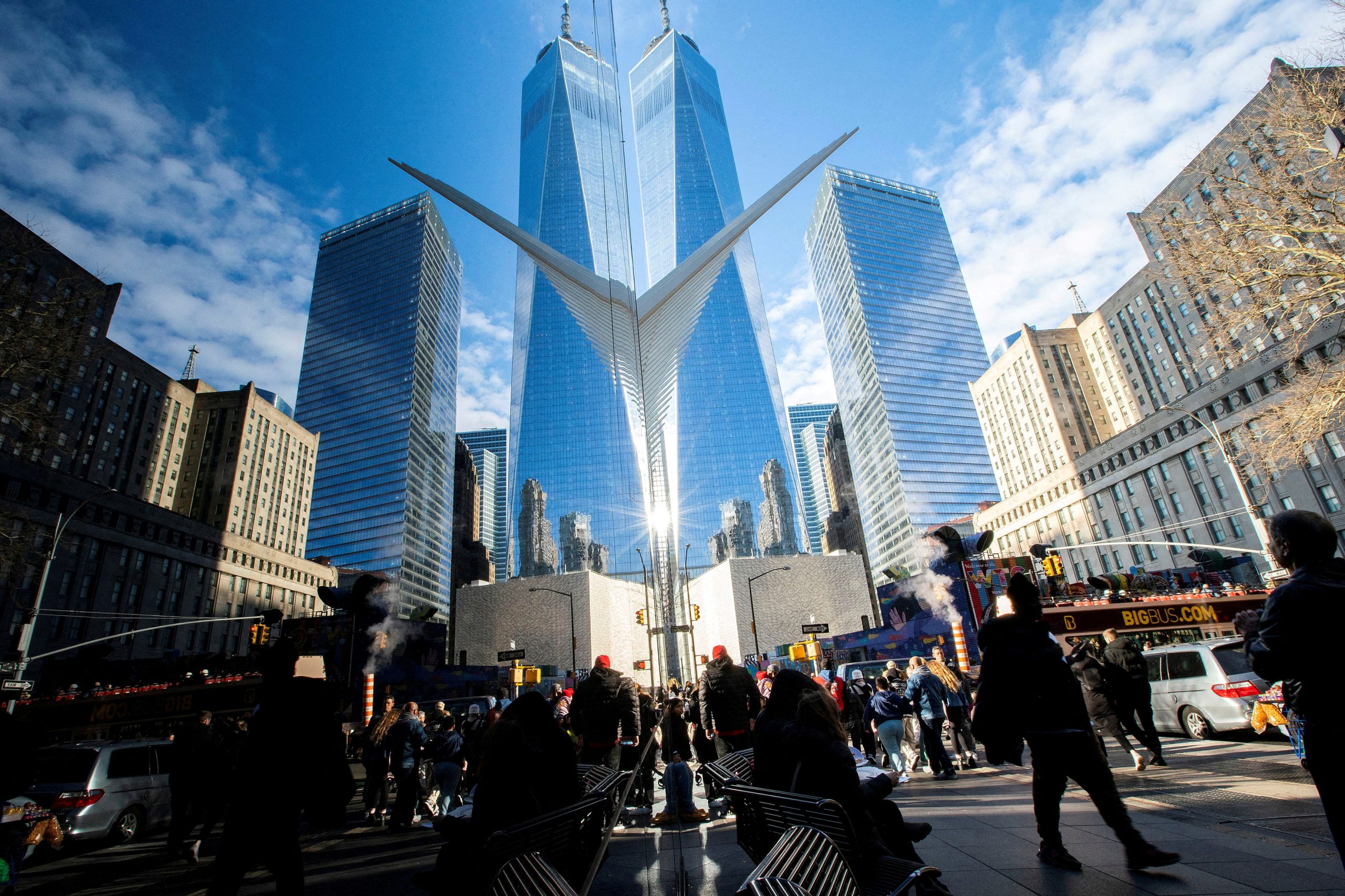
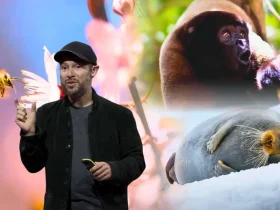
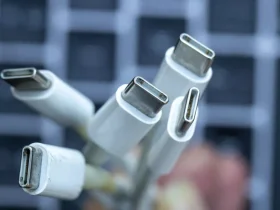


Leave a Reply